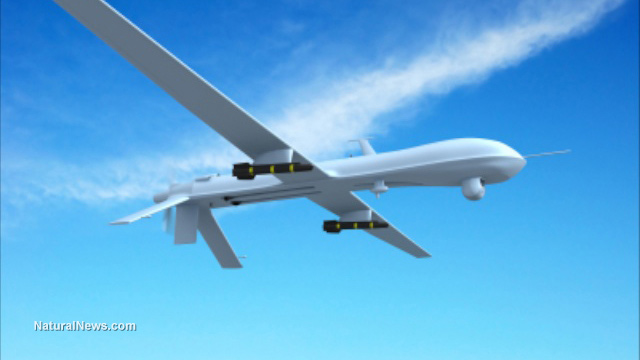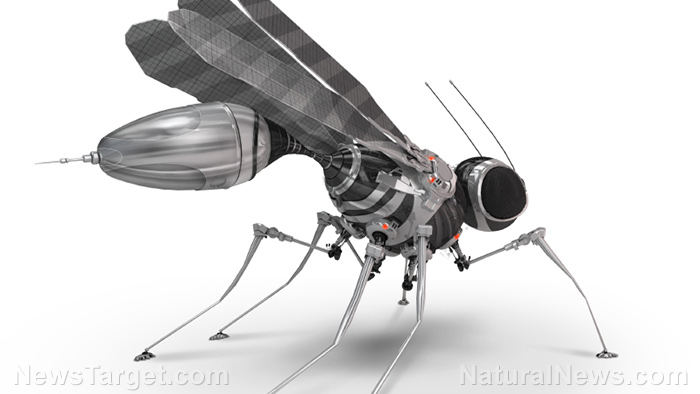A team of British technology firms has developed a “death ray” for drones that can zap the unmanned aerial vehicles out of the sky from a mile away.
“If I can see it, I can kill it,” said Rick Sondag, executive vice-president of Liteye Systems, told sources. [1]
Liteye’s Anti-UAV Defense System (Auds), or “death ray,” is a set of boxes that sits upon two posts. It has a long menacing cylinder, along with two smaller cylinders, that stick out like a long military tank gun projected towards the sky. [1]
Liteye, based in Colorado, was deemed the distributor of the death rays in both the US and Canada by the manufacturers Enterprise, Chess Systems and Blighter. Sondag plans to sell the device to airports and other places where drones have proven to be a problem.
Drone abuse calls for anti-drone weapons
Interest has grown in designing drone killers as more and more unmanned aerial vehicles plague the sky. They’ve created a headache for both the general public and government. There have been a number of cases where citizens have used drones to trespass private property and accidentally harm someone. Home owners have expressed interest in the death ray to protect their private property.
Though the government has abused the use of drones, they could benefit from drone killers as well. Back in July, for example, a drone dropped seven grams of heroin, 57 grams of marijuana and 140 grams of tobacco into an Ohio prison yard. Courtyard officials could use drone killers to thwart future drug drops.[1]
Some drones have even been found flying over nuclear power stations and military bases in France.
“The US government, like everyone else, has critical infrastructure and if they don’t feel like they can protect it, they’ll pass laws that will hamper progress and hamper current use,” Sondag said.[1]
“The system may be used in remote or urban areas to prevent UAVs being used for terrorist attacks, espionage or other undesirable activities against sites with critical infrastructure. The Anti-UAV Defence System is likely to be an integral part of a wider networked surveillance and defence system. Its soft kill capabilities make it a very attractive option for both military, internal and border security forces. Where the situation demands restraint under provocation and where active, yet discrete, deterrence is required, AUDS delivers a very powerful message,” according to the firm.
The other night, military expert Elizabeth Quintana, from the Royal United Services Institute, testified to the need to regulate drone use:
“There have been a number of dangerous or suspicious incidents involving drones in restricted airspace. With the proliferation of drones, these problems are likely to increase in frequency,” she said. [1]
Not the only death ray in town
Auds isn’t the only drone killing machine in town. Boeing recently premiered its Compact Laser System, which is small enough to carry in a briefcase. But don’t lets its look deceive you. The laser weapon can be assembled in 15 minutes and decimate targets 22 miles away with an energy beam of up to 10 kilowatts
“Silent, invisible and precise—Boeing’s Compact Laser Weapons System harnesses directed energy on its targets,” states Boeing.[1]
“Think of it like a welding torch being put on a target – but from hundreds of metres away,” said Isaac Neil of Boeing. “Once we turned the laser on, it was about 15 seconds until the drone was disabled.”[1]
The irony in this is that we now need new weapons to protect us from our weapons. In other words: to keep drones at bay, purchase a death ray.
Sources include:
(1) TheGuardian.com
(2) DailyMail.co.uk




















